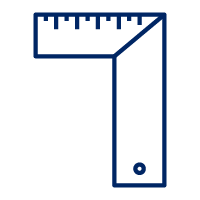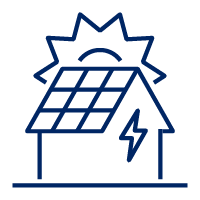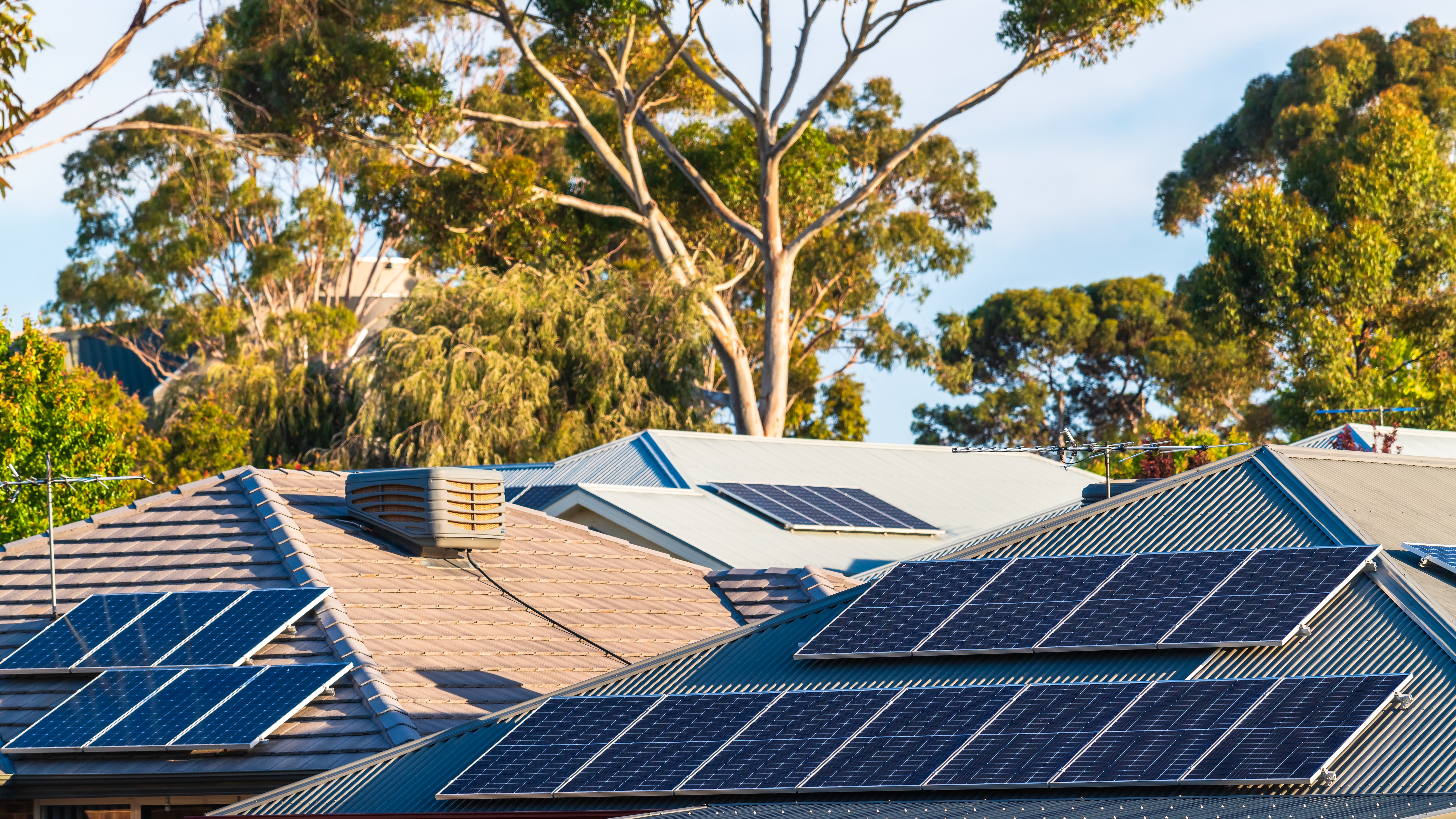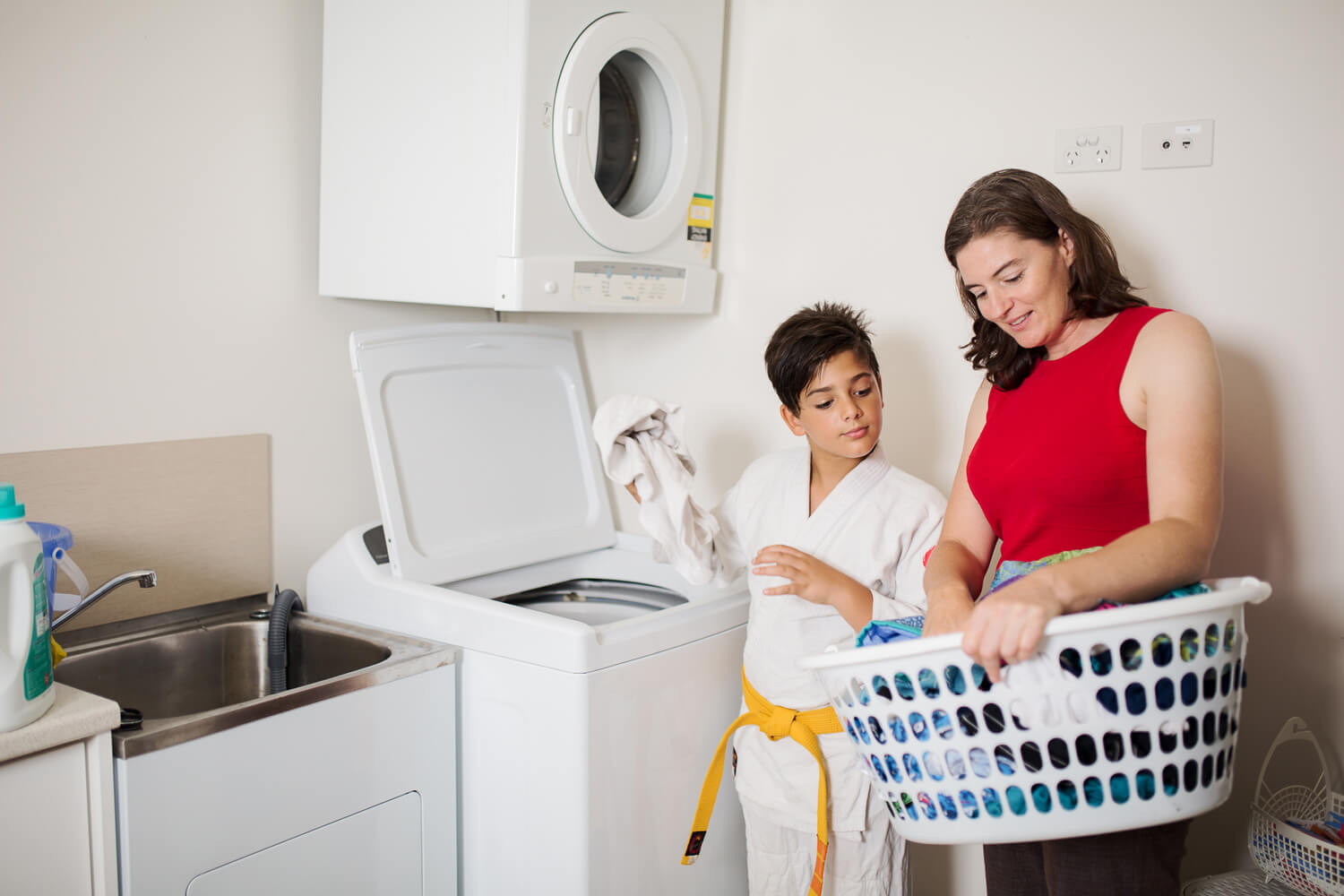NSW is experiencing a solar power boom with over 30% of homes now using solar. Across the state, record numbers of households are installing solar to cut their electricity bills and reduce carbon emissions.
Learn more to help you make the switch to solar.
How home solar systems work
Home solar panels (small-scale solar photovoltaic systems) are installed on your roof to capture sunlight. An inverter converts it into electricity to be used in your home or exported to the grid.
This reduces the amount of electricity you need to buy from your energy retailer, lowering electricity bills for your household. They can also provide more renewable energy to the grid for others to use.
Is your home suitable for solar
Solar panels produce electricity when the sun is shining, so they’re well suited to households using energy between 10 am and 3 pm. The more electricity you use during these hours, the greater your bill savings.
An assessment of your home by a solar installer is the best way to find out if your home is suitable for a solar system.
Consider the following factors to determine if your home is suitable for solar.

| What is the condition of the roof? If your roof is damaged or needs replacing in the next few years, solar may not be right for you. There can be additional costs or damage when a solar system is taken down and reinstalled as part of a roof restoration or replacement. |

| What direction does your roof face? The direction your roof faces impacts the amount of electricity your solar system can produce. North-facing roofs are the most suitable for solar as they catch the most sunlight and produce the most electricity. South-facing roofs are usually not suitable for solar. |

| What is the angle of your roof? Solar panels are generally mounted with the angle of your roof. This means the tilt of your roof can impact the amount of sunlight on the panels. If you have a roof that is flat, or close to flat, panels will produce less electricity and reduce your bill savings. |

| Does your roof get full sun? When a shadow covers a solar panel, it reduces the amount of electricity produced. The installer will analyse your roof surroundings to identify any items, such as buildings or trees, that may cause shading on your roof now or in the future. |

| Do you have enough rooftop space? The space available on your roof will affect how many panels can be installed. This will determine if enough solar energy can be produced to meet your energy use and needs. |

| How much weight can your roof hold? Solar panels will add weight onto your roof. Your installer will check if your roof structure is strong enough to support the weight of the solar system. |

| Is your current electrical wiring safe? Your installer will check the current condition of electrical wiring at your home to make sure it’s safe to install a solar system. |
More information about home solar systems
Find out about costs and rebates for solar.
Get started on home solar installation.
Use solar energy to save more on your electricity bills.
Incentives for home solar batteries.




